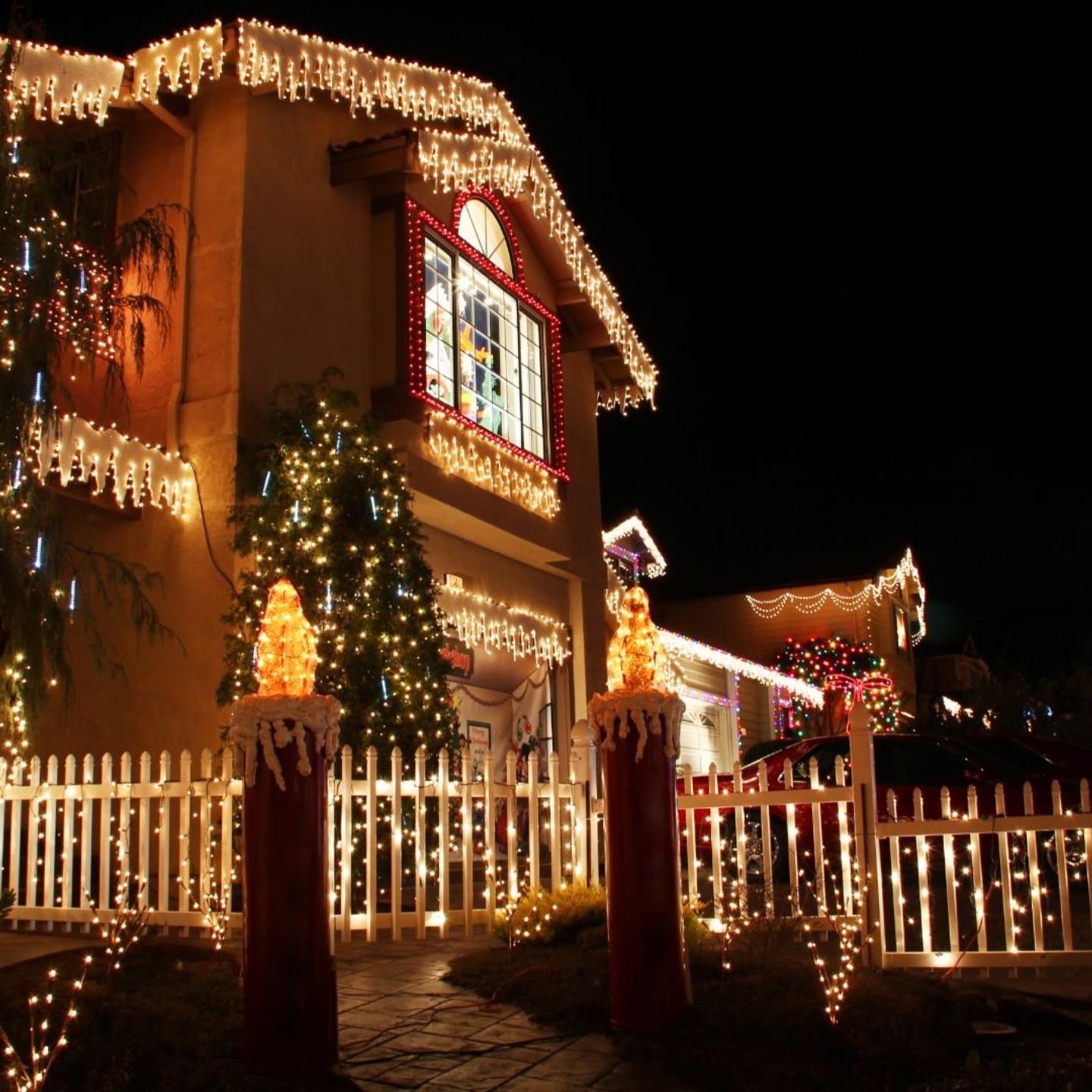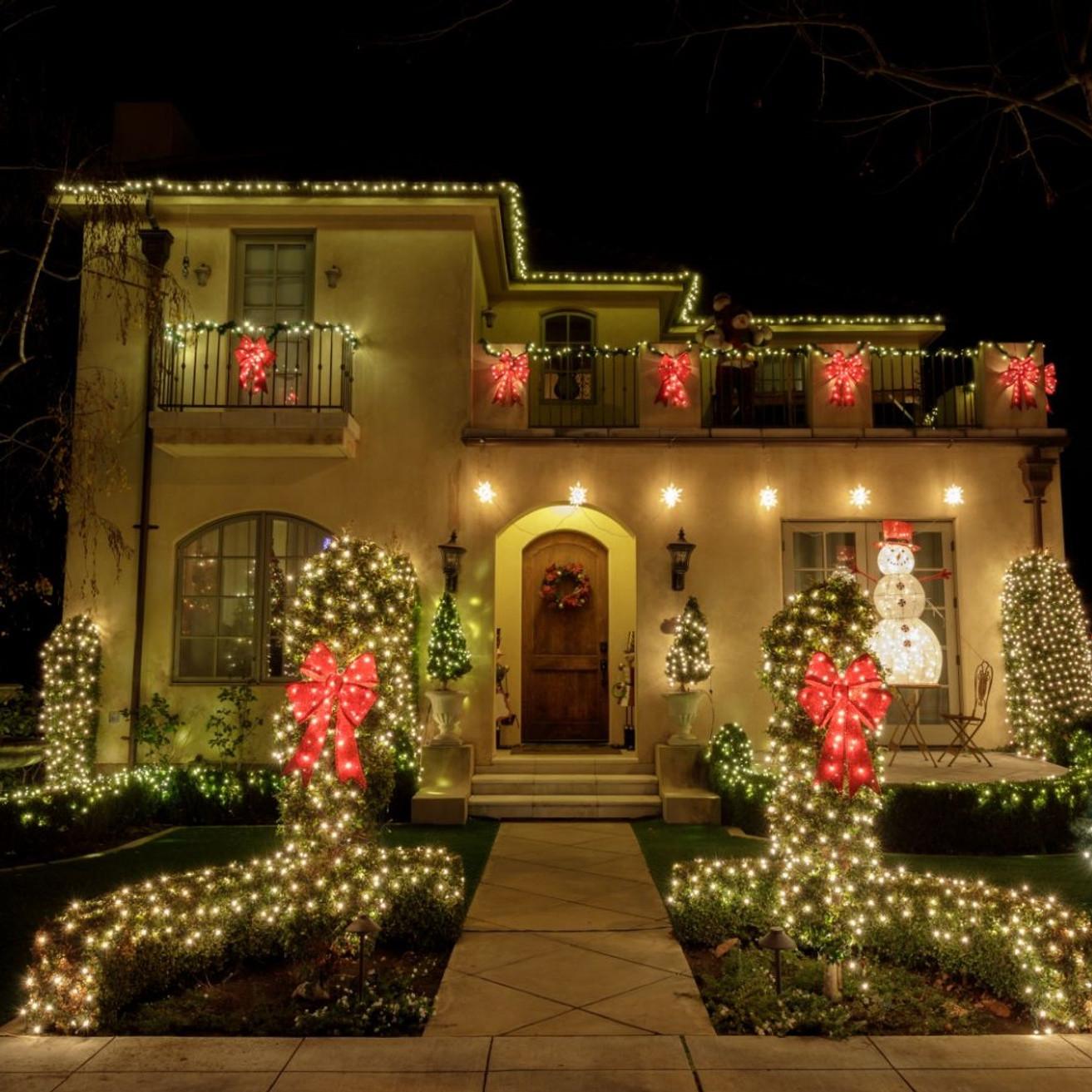How to Transform Your Outdoor Space with Strategic Lighting Landscape Design
Are you looking to transform your outdoor space and create an unforgettable atmosphere? Adding strategic lighting landscape design can help brighten up even the dullest corners and accentuate your favorite elements. With careful planning, you can create a stunning oasis right outside of your door. In this blog post, we’ll discuss the best ways to take advantage of landscape lighting design while creating a safe and inviting spot for family time or entertainment.

Understand the Basics of Landscape Lighting Design
Landscape lighting design can be a powerful tool for adding aesthetic and functional elements to your outdoor environment. Whether you’re creating ambient lighting, illuminating pathways, or providing light accents to highlight features – understanding the basics of landscape lighting design is essential. Knowing what types of fixtures are available, the correct spacing of lights, and the directional orientation of lights will ensure your outdoor space has both visual appeal and safety.
- Types of Lights: Lighting landscape design is a sophisticated practice that requires selecting the right type of lights for various applications. Task, ambient, accent, and decorative lighting all play an important role in creating an effective lighting plan. Task lighting, such as flood and spotlights, are ideal for illuminating areas like sidewalks or steps, while ambient lighting gives general illumination across a broad area. Accent lighting draws attention to architectural features or plants in the space and decorative littering is generally highlight individual trees or shrubs.
- Placement of Lights: The placement of lights in a landscape is an important factor in the success of the design. Practicing proper placement ensures that areas are lit properly while avoiding unnecessary lighting overshadowing other elements within the landscape. Condition of the property, style of architecture, and terrain should all be taken into consideration when looking for appropriate placements for lights. Additionally, proper installation such as positioning lower lights at ground level for walkways and paths can provide a beautiful effect.
Choose the Right Fixtures
When it comes to lighting design for your landscape, one of the most important decisions you can make is which fixtures to use. Incorporating just the right style and form of lighting is key in achieving the desired effects and emphasizing specific elements in your space. To choose the right fixtures, consider material durability and maintenance requirements, light output, energy efficiency, versatility and aesthetics. Evaluating each factor will help you determine which type of fixture is best suited to your lighting needs and bring the perfect beauty to your outdoor space.
Consider Safety and Security
When it comes to lighting landscape design, safety and security are essential considerations. From outdoor lighting that illuminates pathways so visitors don’t trip to boosted visibility that can deter possible intruders, choosing the right type of lighting for your property is a key priority. Quality lights that brighten an area are critical for promoting safety, making sure structures and other features are visible from all angles. Creating an atmosphere that is both inviting and secure can help ensure a pleasant and safe environment at your property.
Consider Different Styles and Effects
When it comes to lighting landscape design, there are numerous options available. From minimalist designs that focus on energy efficiency to dynamic classic styles with dramatic effects, there is something for every style and taste. At the same time, different materials used like bronze and brass can create different vibes. Furthermore, designs with LED lights have unique advantages like dimmability and smart technology integration that offer cutting edge solutions.
Utilize Color Temperature for Maximum Impact
When it comes to lighting a landscape design, using the natural color temperature of different sources of light creates maximum visual impact. Cool white lights bring out the cool tones often seen in manicured gardens and create a more sophisticated look. Warmer white lights paired with diffused yellows or ambers create a warmer, cozy atmosphere. This combination can work in any season and is perfect for patios and decked areas where people like to congregate. By understanding how different light temperatures can affect your outdoor space, you’ll be able to design a stunning environment that easily transitions between daytime and nighttime settings.
In conclusion, creating a beautiful and functional landscape lighting design is both an art and a science. It requires you to understand the basics of types of lights, placement of lights, fixtures, safety and security features, styles and effects, color temperature, and wiring systems. Whether you are looking for aesthetic enhancement or practical solutions for outdoor security, a well-designed landscape lighting system can be the perfect way to elevate your home’s curb appeal while keeping your property safe.

https://www.google.com/maps?cid=2987139023506019894
